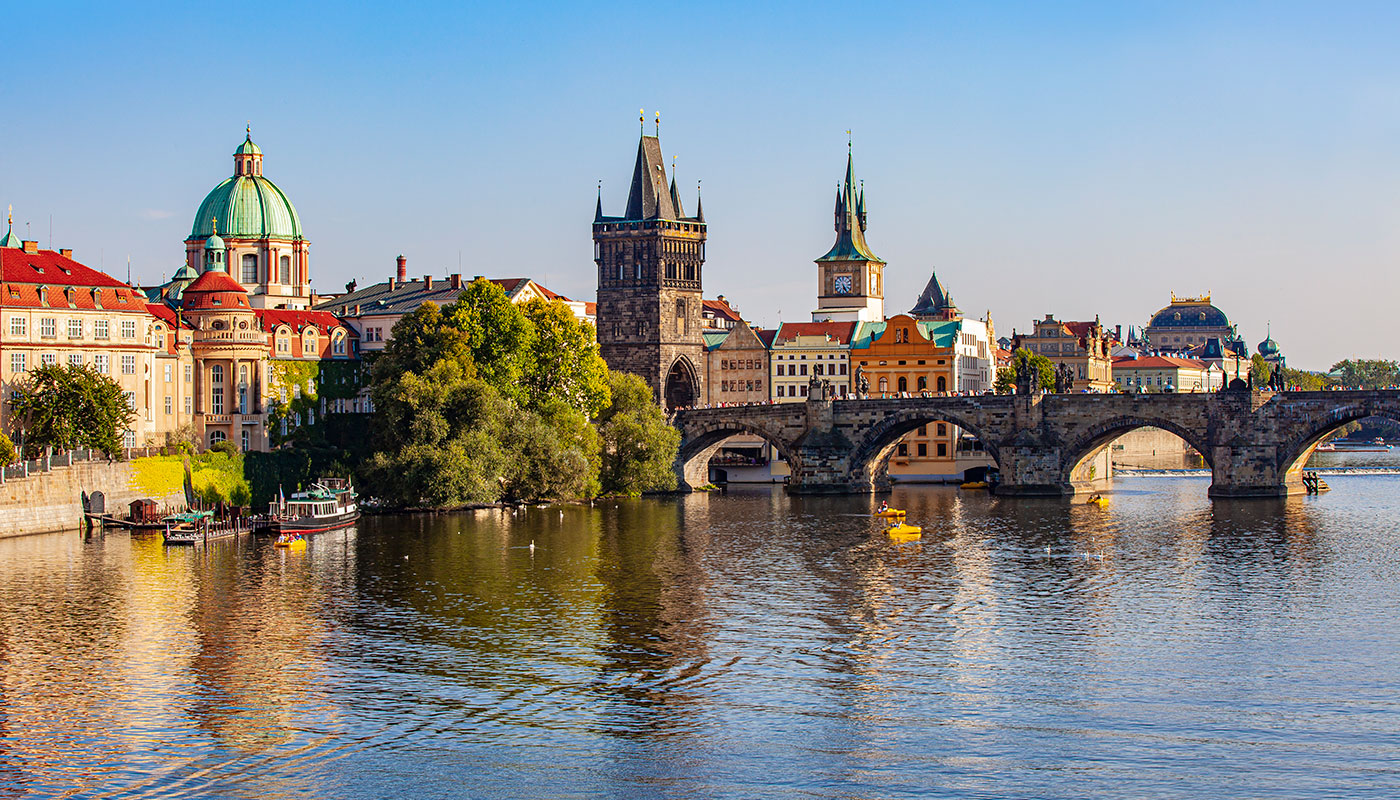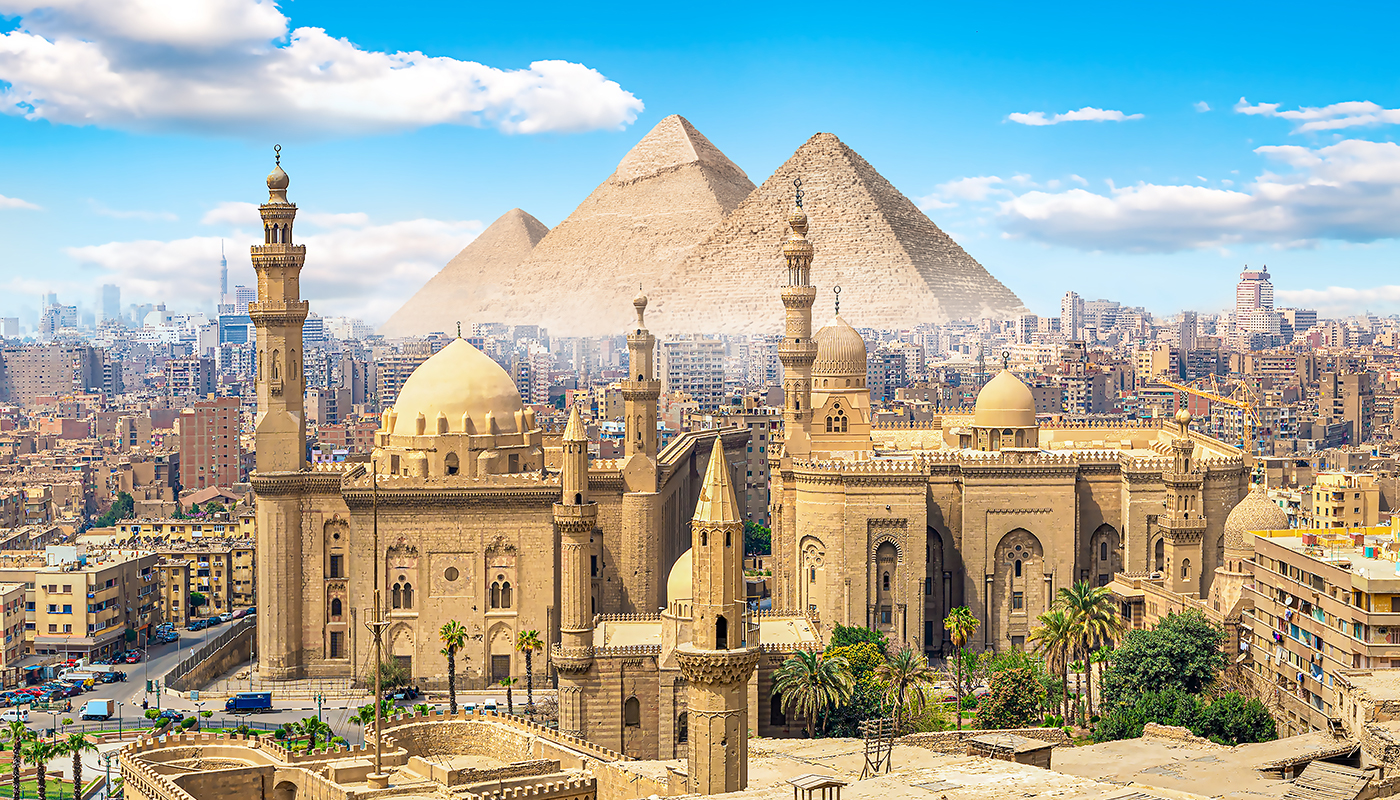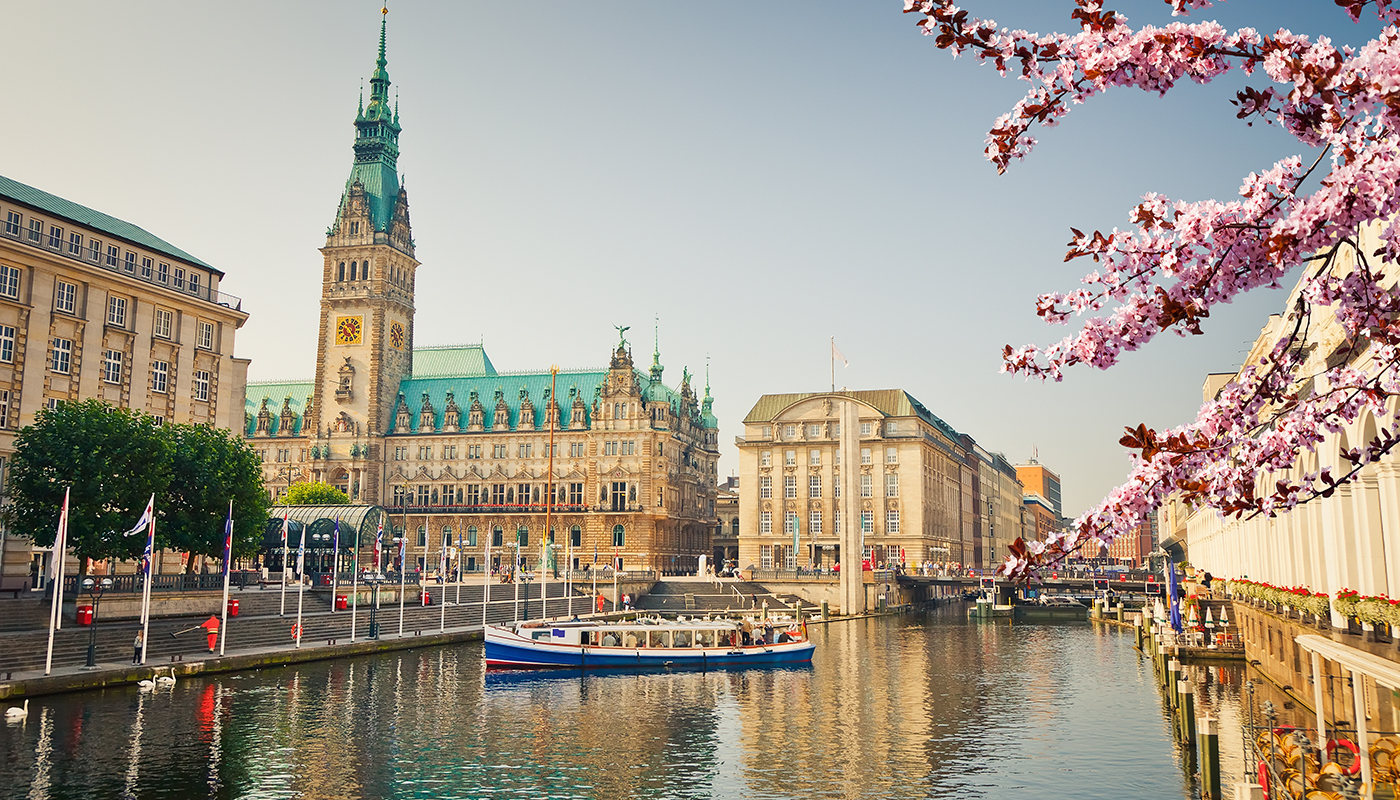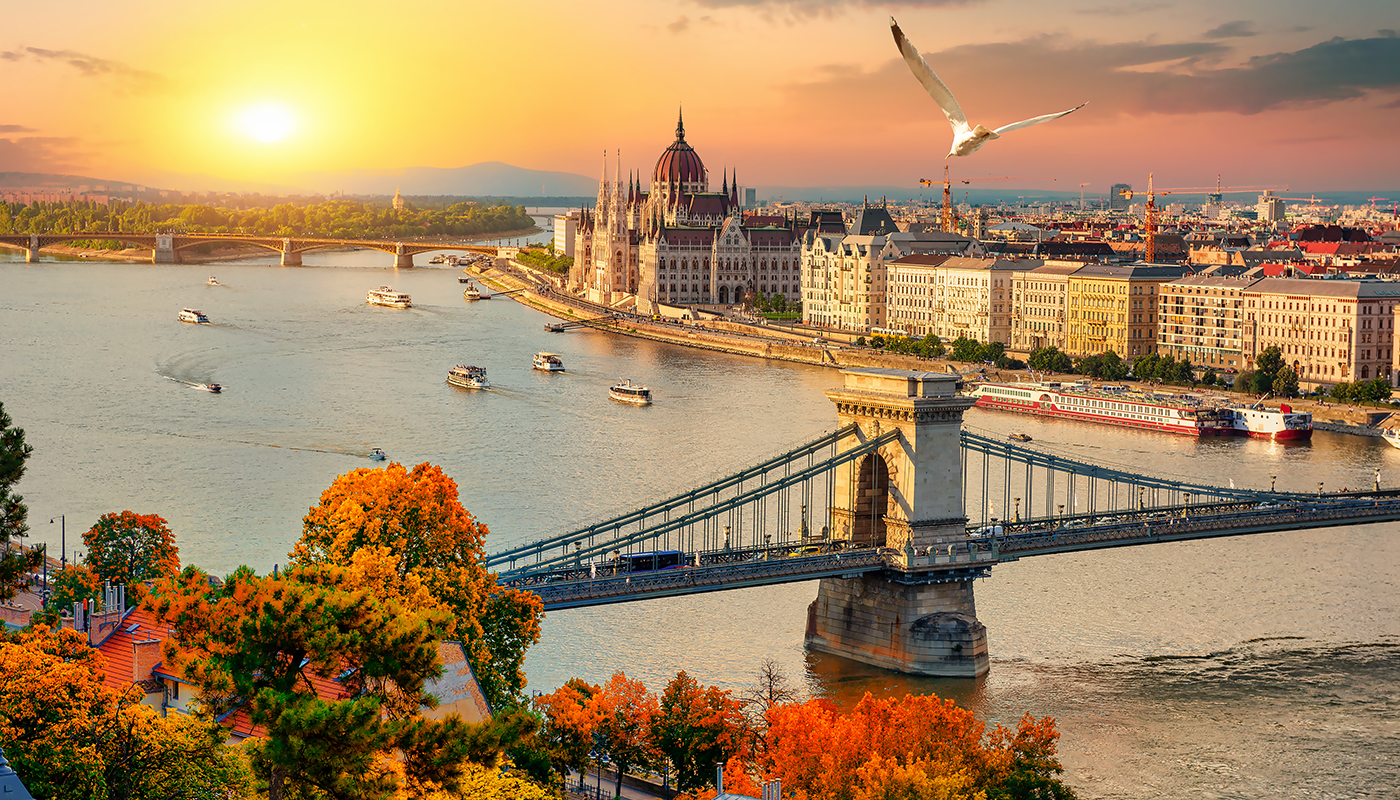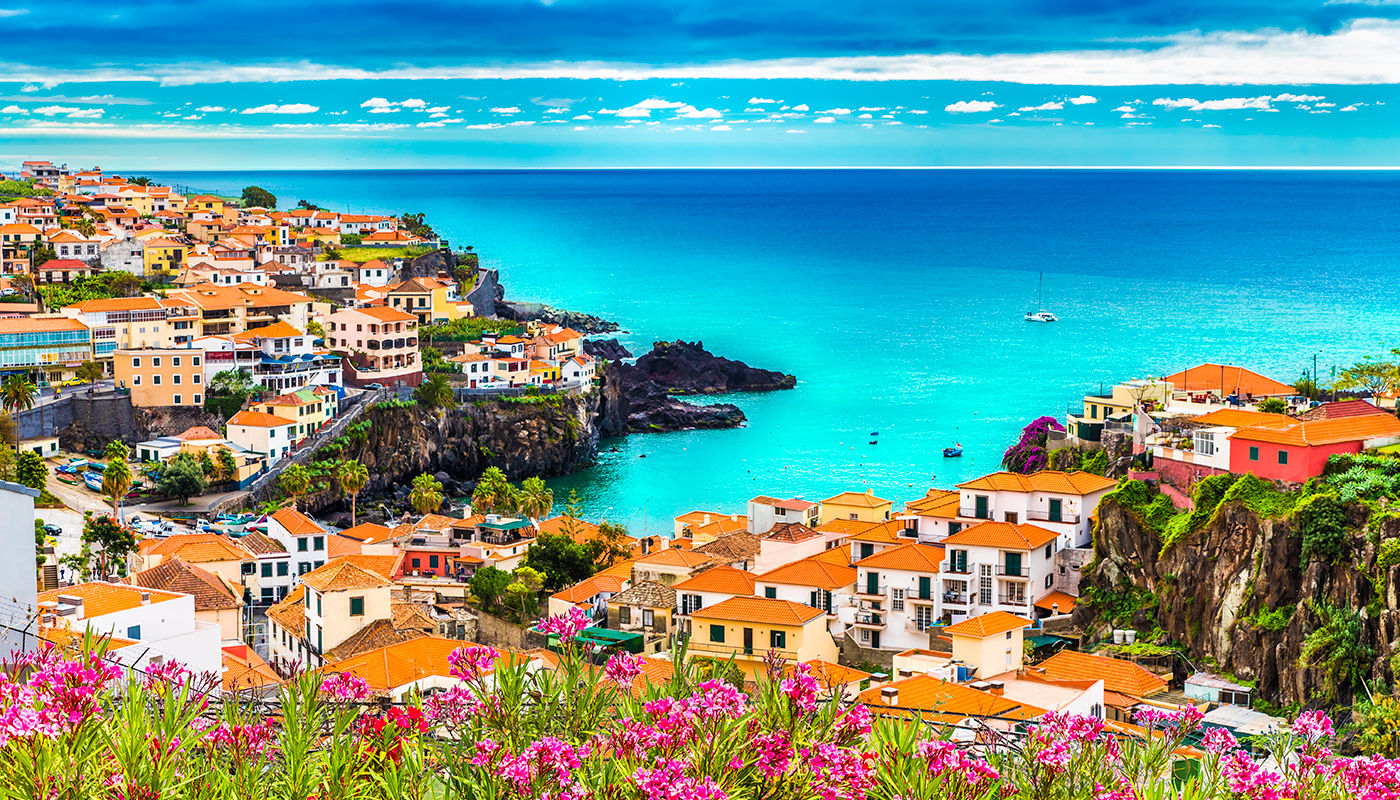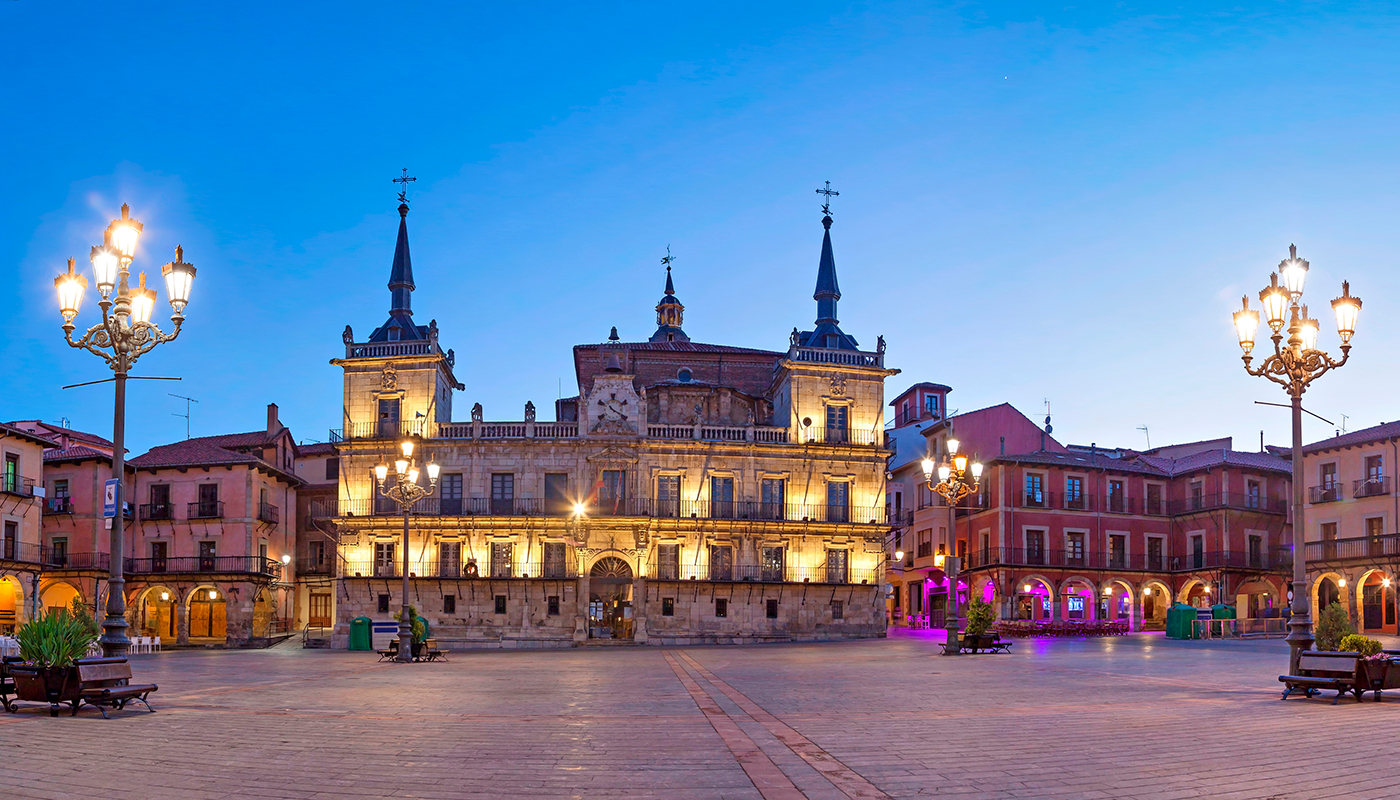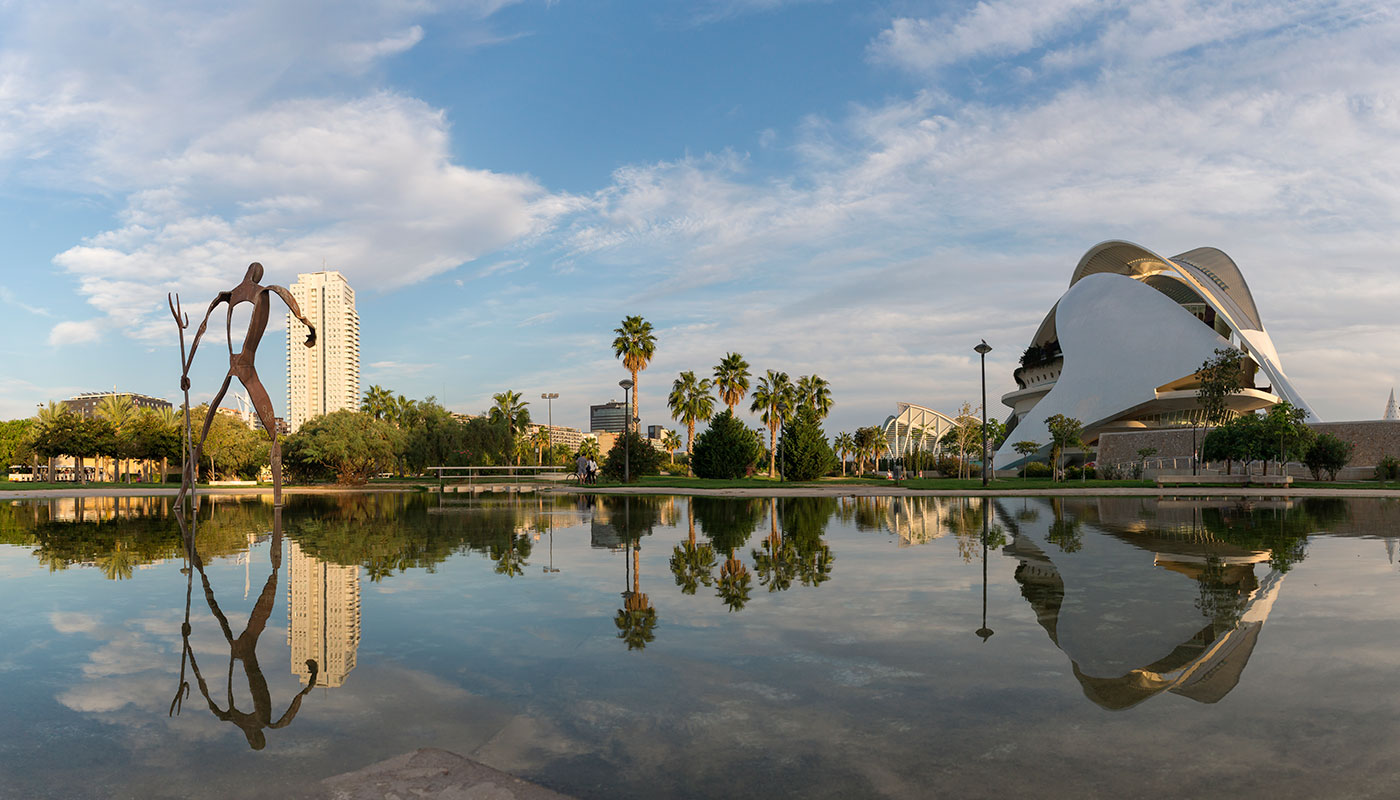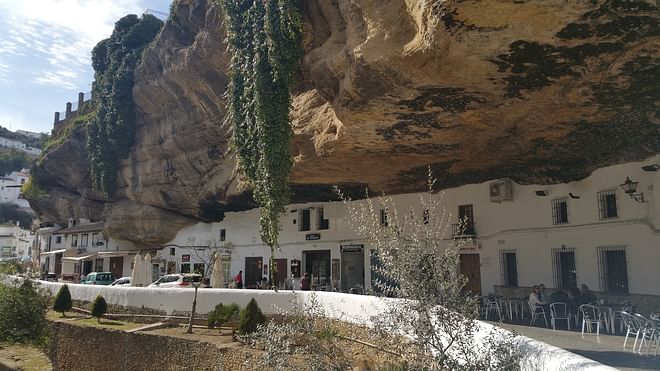The Museum of Málaga is the result of a series of events with a happy ending, a success story in which the city’s people had an important say. The story had its beginnings back in 1972, when the authorities decided that it would be a good idea to bring together the Provincial Fine Arts Museum (which opened in 1916) and the Provincial Archaeological Museum, which dated back to 1945. These two prestigious establishments would be brought together as one, to be named the Museo de Málaga. Nowadays, the museum is independently managed, but actually belongs to the State, specifically the Regional Government of Andalusia. But this summary of the museum’s history is merely the tip of the iceberg, as the journey to become what we now see at the Palacio de la Aduana was a long one.
The story of two museums
When you visit the Palacio de la Aduana, which we will talk about later, take a few moments to remember the history of the Museum of Málaga. A large part of the collections to be found here today were previously exhibited in the two museums that were combined to create the current institution. One of them, the Fine Arts Museum, had already occupied other iconic edifices in the city. Its treasures had previously been displayed in a building on Calle Pedro de Toledo, in the former Colegio de Jesuitas, and in the Palacio de los Condes de Buenavista. This latter building has housed Málaga’s Picasso Museum since 1996.
The Provincial Archaeological Museum of Málaga was set up as a centre for exhibiting the artefacts discovered during the excavations of the Alcazaba (Moorish fortress) and other archaeological sites in the province. Later, it acquired other valuable exhibits from the Museo Loringiano, from private collections, and from the Sociedad Malagueña de Ciencias [Málaga Society of Sciences]. Nevertheless, its doors closed to the public in 1997. It was not until 2005 that the decision was taken to install the Museum of Málaga in the Palacio de las Aduanas building. The support of the people of Málaga, along with local groups and associations, played a decisive role in this choice.
The Palacio de la Aduana

The practice of adapting for cultural purposes facilities previously used for industry or trade is one that gives us the opportunity to visit buildings that would otherwise be extremely difficult to access. In this case, the location of the Museum of Málaga is the Palacio de la Aduana [Royal Customs Palace], a building dating back to the late eighteenth century. Built at a time of booming trade with the Americas, it is architecturally typical of the Neo-Classical style in Málaga. It was constructed following a design created in 1787 by Manuel Martínez Rodríguez, a nephew and disciple of the eminent architect Ventura Rodríguez. It appears that his project was directly inspired by Sabatini’s plans for Madrid’s Customs Office. Construction of the palace took place between 1791 and 1829. The work was completed, with certain modifications, by P. Nolasco Ventura.
Over time, it was used for a variety of purposes: it housed the Tobacco Factory, and a customs office, and it also served as the head office of the local authority—Málaga’s Civil Government was based here until 2008. These various roles lay behind changes to the building’s appearance; some of these were deliberate, and were caused by the visits of famous figures. These included the visit of Queen Isabella II in the mid-nineteenth century, and the later visit by Alfonso XII. In honour of the latter, terracotta busts were placed on the balustrade of the gallery around the central courtyard. Other changes were due to unforeseen circumstances such as the 1923 fire that destroyed the building’s roof.
Although the Ministry of Culture decided in 1997 to designate a hall on the upper floor to house the Fine Arts collections, it was not until 2005 that the creation of the Museum of Málaga was finally determined. That was when the work to refurbish and adapt the building really began.
And so the Museum of Málaga was born
A project so cherished by the people of Málaga deserved a facility of the highest standards—and an organisation that would bring together the associated social and public service commitments and the responsibility to encourage contemporary creativity and cultural diversity. This 10-year project aimed to respect the building’s historic heritage while at the same time creating a modern architectural language, particularly in the rebuilding of the destroyed roof. This aspect of the project demonstrated a respect for history while simultaneously creating a spatial distribution appropriate for the building’s intended use as a museum.
Special thought has been devoted to the design of the exhibition and the storage facilities. The equipment and furniture are in line with the most cutting-edge trends in museum design. It is interesting to visit the stores as, in museums generally, this is a room to which only staff have access, and to which the general public are not admitted. Similarly noteworthy is the use of the courtyard as a public area—a space restored to the city. Since 2016, the Palacio de la Aduana has been serving the people of Málaga, providing exhibitions of its treasures in a clear, informative style.
A visit to the museum

The two collections of archaeology and of art go some way to explaining at one stroke both the history of Málaga and of the museum itself. The first floor is devoted to art and the works that led the San Telmo Royal Academy of Fine Arts to set up a public museum in the nineteenth century. Here there are rooms on various themes such as ‘The Málaga school of painting: a national success story’, ‘The avant-garde in Málaga: Pablo Picasso to José Moreno Villa’ and others—including ‘Nineteenth-century landscape painting: the triumph of a genre’.
The second floor concentrates on archaeology, including the private collection previously owned by the Marquises of Loring at their La Concepción estate—one of the most important collections in Spain during the nineteenth century. Themes addressed in its seven exhibition halls include: ‘Pre-history in the caves of Málaga’; ‘Málaga and the Islamisation of al-Andalus’; ‘From the Roman conquest to the first towns’; and ‘Readings of colonisation: the Phoenicians and the indigenous population’. A good way to end your visit is by visiting the stores, which are open to the public and located on the ground floor, as well as the courtyard and its restaurant, ‘La terraza de la Aduana’.
Throughout the year, the Museum of Málaga also holds various lectures and workshops, and makes its library available to researchers. Without question, this is a visit not to be missed while in the city.






